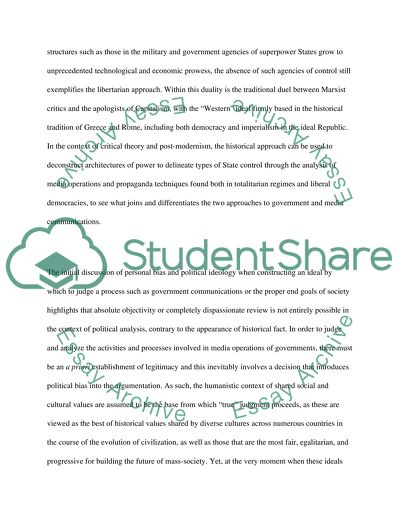Cite this document
(“How have the different types of propaganda (white, black, grey) been Essay”, n.d.)
Retrieved from https://studentshare.org/environmental-studies/1414396-how-have-the-different-types-of-propaganda-white
Retrieved from https://studentshare.org/environmental-studies/1414396-how-have-the-different-types-of-propaganda-white
(How Have the Different Types of Propaganda (white, Black, Grey) Been Essay)
https://studentshare.org/environmental-studies/1414396-how-have-the-different-types-of-propaganda-white.
https://studentshare.org/environmental-studies/1414396-how-have-the-different-types-of-propaganda-white.
“How Have the Different Types of Propaganda (white, Black, Grey) Been Essay”, n.d. https://studentshare.org/environmental-studies/1414396-how-have-the-different-types-of-propaganda-white.


